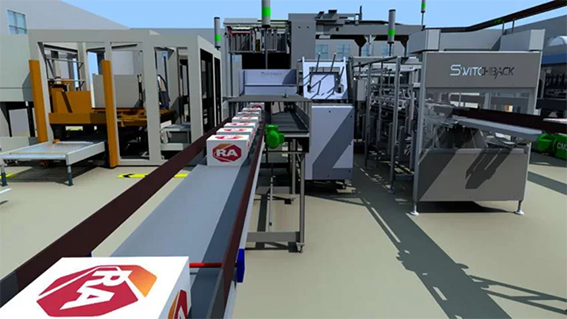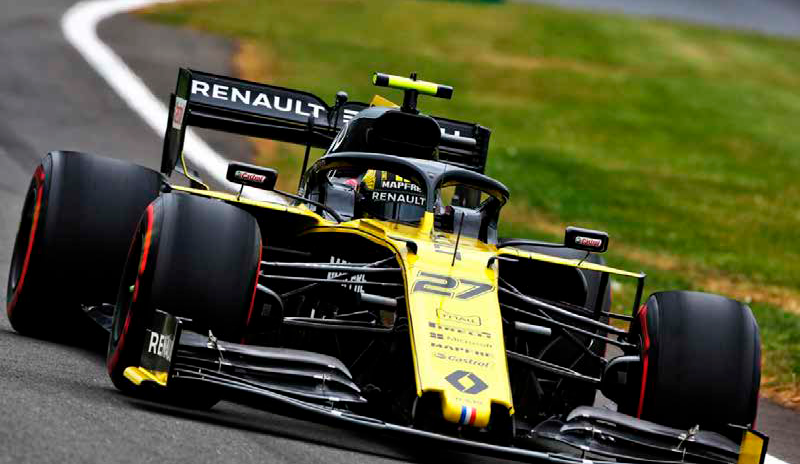Emulate 3D
Digitally Bringing Your Mechanical Designs to Life
Emulate 3D is a product of Rockwell Automation
Emulate 3D is a product of Rockwell Automation
Emulate 3D is an advanced digital twin software that enables users to create accurate virtual replicas of their industrial automation systems. This powerful tool allows for comprehensive testing, simulation, and emulation of systems before they are physically constructed, providing significant advantages across various industries, including material handling, manufacturing, and automation.


Easily design and build the next generation of machines with confidence
With a digital copy of a system/plant, use the tool to test “what if” scenarios to improve processes
Design, test, validate, & commission machines before they go into service
Similar to DCS/PLC’s, connect higher-level systems to preview integration
Optimize throughput with real-time 3D simulation of dynamic processes
A twin model allows the ability to predict performance and KPIs
Reduce risk by training your workforce in a more safe, virtual environment
Leverage the twin to optimize staffing/support

Send your technical questions to our experts!
Connect you with an EnginSoft expert who can provide a reliable answer to your technical question or recommend a
proven solution.

CASE STUDY
This paper presents the RENAULT F1 Team’s AM process for an aerodynamic insert in titanium Ti6Al4V. Production was optimized by identifying the best orientation for the parts and the best positioning for the support structures in the melting chamber, in addition to using the ANSYS Additive Print module, a simulation software useful for predicting the distortion of a part and for developing a new, 3D, compensated model that guarantees the best “as-built” quality.
automotive additive-manufacturing optimization
CASE STUDY
ECM Technologies has significantly streamlined the design, installation, and commissioning of its large-scale heat treatment systems for the automotive industry by using digital twin technology and Rockwell Automation’s Emulate3D software. Faced with tight timelines and software compatibility challenges during a major project in Mexico, ECM used virtual models to simulate and test their systems in parallel with production. This approach reduced commissioning time by 50%.
digital-manufacturing emulate3d industry4 rockwell

CASE STUDY
This technical case study explains the application of a two-step methodology using the MATLAB and Adam algorithms in the modeFRONTIER software platform.
optimization modefrontier automotive

CASE STUDY
Elettronica SpA designs and produces systems for electronic warfare. Each system design is unique according to its platform and purpose. In this article, the company describes how it used CAE to approach the challenging design of a single sandwich radome.
ansys optimization electronics

CASE STUDY
This detailed technical case study describes how the students arrived at a supersonic aircraft drone prototype using MATLAB and modeFRONTIER in order to reduce the time and costs of numerical and wind-tunnel testing.
automotive modefrontier optimization